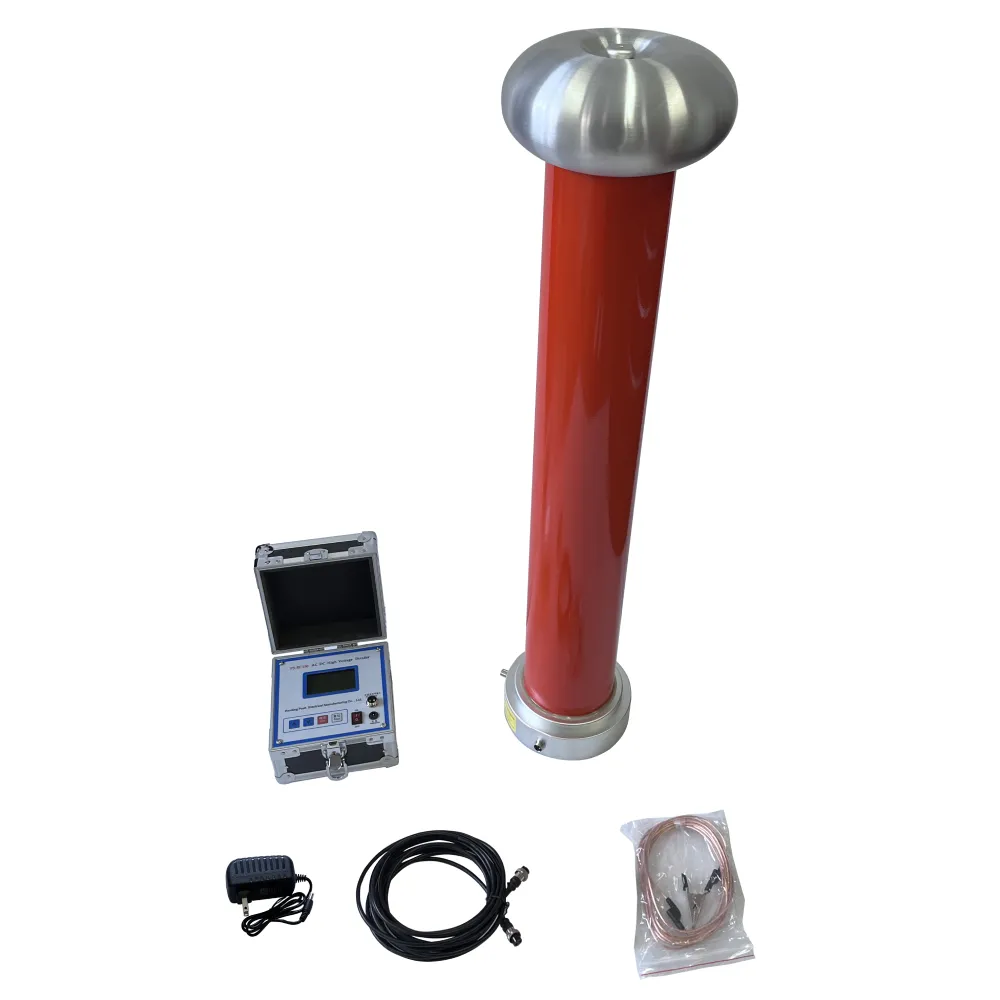 English
English



-
 Afrikaans
Afrikaans -
 Albanian
Albanian -
 Amharic
Amharic -
 Arabic
Arabic -
 Armenian
Armenian -
 Azerbaijani
Azerbaijani -
 Basque
Basque -
 Belarusian
Belarusian -
 Bengali
Bengali -
 Bosnian
Bosnian -
 Bulgarian
Bulgarian -
 Catalan
Catalan -
 Cebuano
Cebuano -
 China
China -
 China (Taiwan)
China (Taiwan) -
 Corsican
Corsican -
 Croatian
Croatian -
 Czech
Czech -
 Danish
Danish -
 Dutch
Dutch -
 English
English -
 Esperanto
Esperanto -
 Estonian
Estonian -
 Finnish
Finnish -
 French
French -
 Frisian
Frisian -
 Galician
Galician -
 Georgian
Georgian -
 German
German -
 Greek
Greek -
 Gujarati
Gujarati -
 Haitian Creole
Haitian Creole -
 hausa
hausa -
 hawaiian
hawaiian -
 Hebrew
Hebrew -
 Hindi
Hindi -
 Miao
Miao -
 Hungarian
Hungarian -
 Icelandic
Icelandic -
 igbo
igbo -
 Indonesian
Indonesian -
 irish
irish -
 Italian
Italian -
 Japanese
Japanese -
 Javanese
Javanese -
 Kannada
Kannada -
 kazakh
kazakh -
 Khmer
Khmer -
 Rwandese
Rwandese -
 Korean
Korean -
 Kurdish
Kurdish -
 Kyrgyz
Kyrgyz -
 Lao
Lao -
 Latin
Latin -
 Latvian
Latvian -
 Lithuanian
Lithuanian -
 Luxembourgish
Luxembourgish -
 Macedonian
Macedonian -
 Malgashi
Malgashi -
 Malay
Malay -
 Malayalam
Malayalam -
 Maltese
Maltese -
 Maori
Maori -
 Marathi
Marathi -
 Mongolian
Mongolian -
 Myanmar
Myanmar -
 Nepali
Nepali -
 Norwegian
Norwegian -
 Norwegian
Norwegian -
 Occitan
Occitan -
 Pashto
Pashto -
 Persian
Persian -
 Polish
Polish -
 Portuguese
Portuguese -
 Punjabi
Punjabi -
 Romanian
Romanian -
 Russian
Russian -
 Samoan
Samoan -
 Scottish Gaelic
Scottish Gaelic -
 Serbian
Serbian -
 Sesotho
Sesotho -
 Shona
Shona -
 Sindhi
Sindhi -
 Sinhala
Sinhala -
 Slovak
Slovak -
 Slovenian
Slovenian -
 Somali
Somali -
 Spanish
Spanish -
 Sundanese
Sundanese -
 Swahili
Swahili -
 Swedish
Swedish -
 Tagalog
Tagalog -
 Tajik
Tajik -
 Tamil
Tamil -
 Tatar
Tatar -
 Telugu
Telugu -
 Thai
Thai -
 Turkish
Turkish -
 Turkmen
Turkmen -
 Ukrainian
Ukrainian -
 Urdu
Urdu -
 Uighur
Uighur -
 Uzbek
Uzbek -
 Vietnamese
Vietnamese -
 Welsh
Welsh -
 Bantu
Bantu -
 Yiddish
Yiddish -
 Yoruba
Yoruba -
 Zulu
Zulu
capacitance and tan delta test
Understanding Capacitance and Tan Delta Testing
Capacitance and Tan Delta tests are crucial diagnostic tools used to assess the health of electrical insulation systems, particularly in high-voltage equipment such as transformers, cables, and capacitors. By measuring the capacitance and the dissipation factor (also known as the tan delta), engineers can evaluate the condition of insulation materials, detect potential failures, and ensure that electrical systems operate efficiently and safely.
What is Capacitance?
Capacitance is the ability of a system to store an electric charge. It is commonly measured in farads (F), though subunits like microfarads (µF) or picofarads (pF) are more frequently utilized in industrial applications. In electrical equipment, an increase or decrease in capacitance can indicate changes in insulation materials or the presence of moisture or contamination, which can compromise the operational integrity of the equipment.
What is Tan Delta?
The tan delta, or dissipation factor, is a measure of the energy loss in the insulation material as heat, relative to the energy stored. It is defined as the ratio of the resistive current (loss current) to the reactive current (capacitive current). Mathematically, it is expressed as
\[ \text{tan} \delta = \frac{I_{\text{loss}}}{I_{\text{reactive}}} \]
A higher tan delta value signifies greater losses in the insulation system, which may be indicative of insulation degradation or issues like moisture ingress. Ideally, the tan delta should be low, indicating that the insulation is effective at retaining the electrical energy.
Importance of Testing
Regular capacitance and tan delta testing is essential for maintaining reliable electrical systems. The tests provide predictive insights that can prevent unexpected equipment failures, reducing downtime and maintenance costs. These tests are especially critical in environments where equipment operates under extreme conditions or where failures could lead to significant safety hazards or economic losses.
capacitance and tan delta test

Testing Procedure
1. Preparation Before conducting the test, it is essential to ensure that the equipment is de-energized and properly grounded. Safety procedures must be followed to protect personnel and equipment.
2. Capacitance Measurement Using a capacitance meter or a power factor tester, technicians can measure the capacitance of the insulation. The reading should be compared to the manufacturer’s specifications or historical data for the particular equipment.
3. Tan Delta Measurement The same testing equipment used for capacitance can typically measure tan delta. The applied voltage is increased gradually, and the instrument records the dissipation factor at various voltage levels to assess the insulation condition.
4. Analysis The results from both measurements are analyzed. A significant deviation in capacitance or an increase in tan delta from previous readings can indicate insulation deterioration.
Interpreting Results
The interpretation of capacitance and tan delta values requires expertise. Generally
- Healthy Insulation Low tan delta (<0.02) and capacitance values within expected ranges indicate that the insulation is in good condition. - Potential Issues A tan delta value between 0.02 and 0.05 may suggest emerging problems and requires monitoring. - Serious Concerns Values over 0.05 often indicate severe insulation degradation that necessitates immediate action, such as replacement or extensive maintenance.
Conclusion
Capacitance and tan delta testing are indispensable for electrical maintenance and reliability. By understanding and monitoring these parameters, organizations can significantly mitigate the risks associated with electrical failures, enhance the longevity of equipment, and maintain operational efficiency. Regular testing not only aligns with best practices in electrical maintenance but also contributes to a safer working environment in facilities that rely heavily on electrical systems. As technology progresses, these tests will evolve, providing even more accurate and reliable data for predictive maintenance strategies.
-
Using Distillation Range Testers in the Food and Beverage IndustryNewsApr.16,2025
-
The Impact of IoT on Distillation Range Tester PerformanceNewsApr.16,2025
-
The Best Distillation Range Testers for Extreme ConditionsNewsApr.16,2025
-
How Distillation Range Testers Save Time and MoneyNewsApr.16,2025
-
Distillation Devices for Advanced Separation TechniquesNewsApr.16,2025
-
Common Mistakes to Avoid When Using a Distillation Range TesterNewsApr.16,2025



